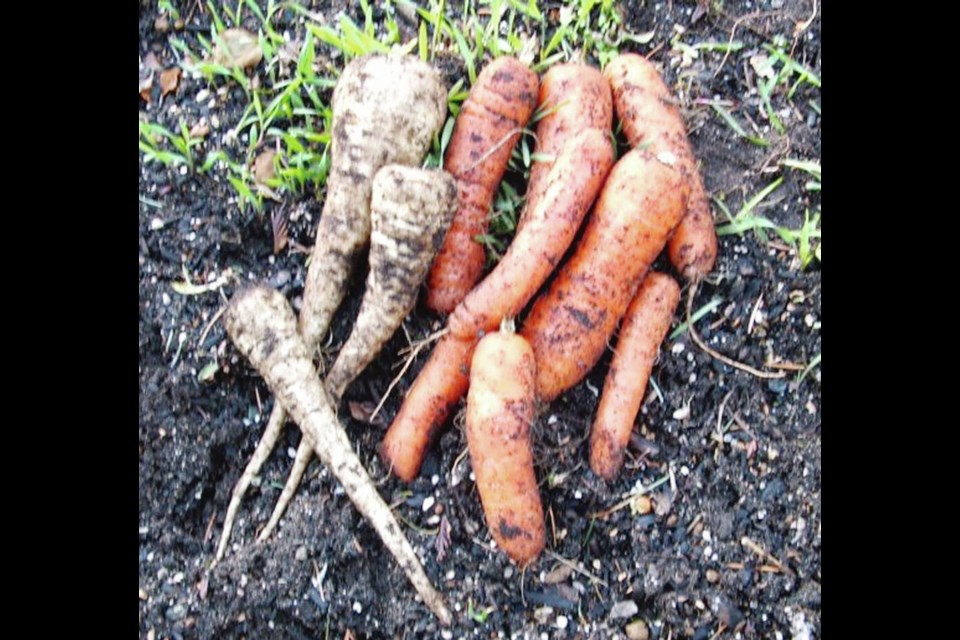Dear Helen: Many leaves on my main, large Dracaena plant suddenly began turning brown and falling off. It happened quickly, at the rate of about five leaves a week. Online research indicates this could be due to over- or under-watering, but I haven’t changed my usual watering pattern at all. A younger, cutting-grown plant raised up on a window shelf has been unaffected.
M.H.
A general guideline is to water less in winter as long as other growing conditions are constant. The lower light levels of winter mean the plants can use less water — unless a room is very hot.
I’m wondering whether the heat in the room had been cranked up during the severe cold spell last month. Hot, dry conditions can cause leaves to dry and discolour. They would also dry the soil faster. Sticking a finger into the soil, or lifting the pot to sense whether it is lighter than usual is another useful guide to watering.
The cutting-grown plant likely benefitted from its position raised away from a heat source and beside a cool window.
Dear Helen: Can you explain why some of my parsnips last year grew only a few inches long, while others developed into 60-cm long monsters weighing just under 1.5 kilos?
R.W.
The curious growth of your parsnips describes exactly what the first seeding of my carrot bed looked like as seeds germinating along the damper edge of the bed developed large roots while others, in the drier, hotter parts of the bed struggled.
That said, parsnips have a reputation for slow and erratic seed germination. Every year, I receive expressions of disappointment with attempts to grow parsnips.
Your issue with last year’s planting could be attributed to the seed. Parsnip seed does not stay viable for long. After one year, germination is not assured. Fresh seed has the best chance of germinating well, though even fresh seed can take two to three weeks to germinate. A light-textured, loamy soil that drains efficiently of excess moisture has the best chance of producing good parsnips.
It can help to try more than one variety, to find ones that grow well in your garden’s conditions.
In my experience, Gladiator has proven far easier to grow than other varieties I’ve tried.
For its relatively quick germination, good early growth, and nicely formed roots, Gladiator was given the Royal Horticultural Society Award of Garden Merit. West Coast Seeds (WCS) is one source for Gladiator.
Oversized roots can often be attributed to a seeding made too early, allowing too much time for the roots to develop. Seed as the soil begins warming in the spring.
Dear Helen: As a fairly new food gardener, and a lover of cabbage, I’m bewildered by the number of varieties.
How does one choose? Do you have favourites?
L.C.
For early, easily grown heads of fine quality, Caraflex is a good choice. The heads are pointed, in a form sometimes referred to as a ” sweetheart” cabbage — a type known for its sweet, tender leaves. Caraflex has an RHS Award of Garden Merit. Early Jersey Wakefield is a similar cabbage. It’s an heirloom variety, first grown in 1840.
I’m fond also of Kalibos, a pointed red cabbage. It’s a beautiful, sweet cabbage.
I cut some of the heads to save them just before the freeze-up and have used them shredded into salads and sauteed with butter and ginger. WCS lists all three.



